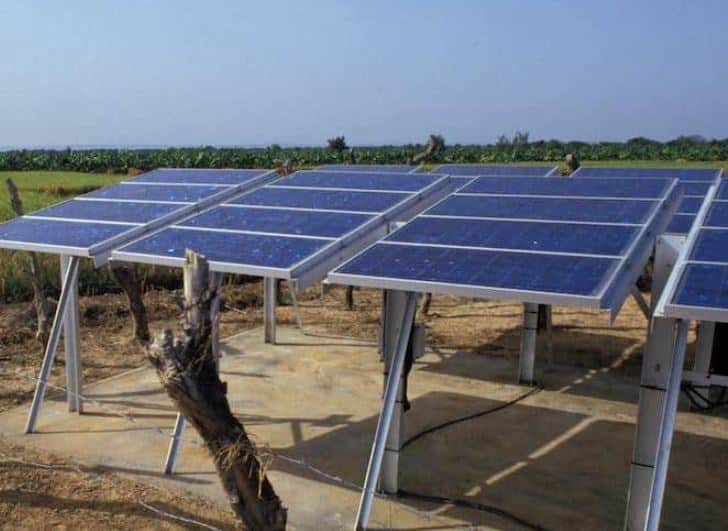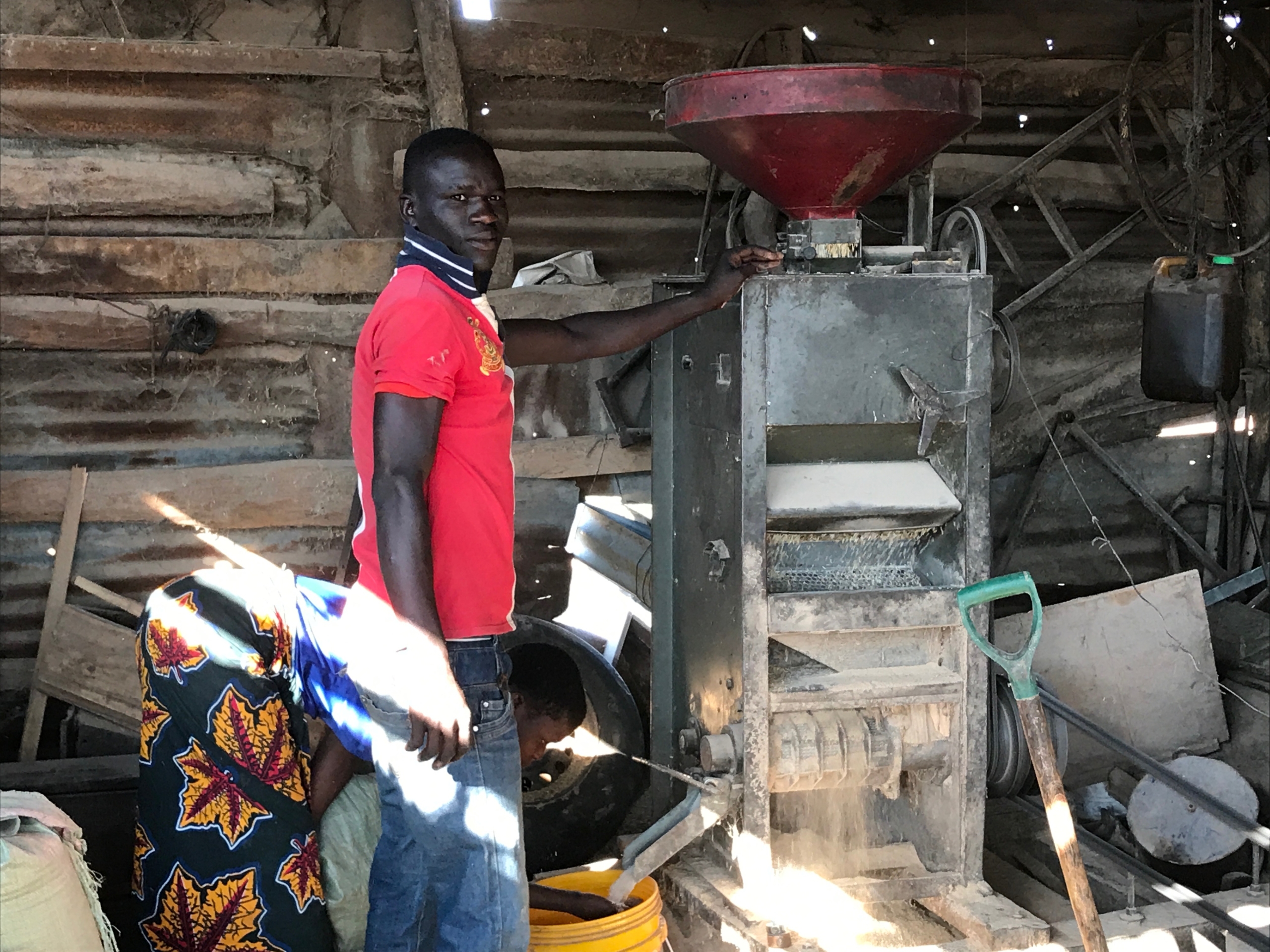Dec 13, 2018
Tags: Energy, Agriculture, Tech Entrepreneurship, Impact Investing,
Solar Water Pump Market Sizing with Apollo Agriculture
With the help of our portfolio company, Apollo Agriculture, we recently developed research methods to study the market potential for solar pumps among smallholder farmers in developing countries. The objective of this study was to provide both visual and quantitative representations of the potential for solar pump sales among Apollo Agriculture’s customer base.The methods we established can be applied to identify high potential solar irrigation markets around the world.
Irrigation of arable land has the potential to boost crop yield and enable cultivation of the same plot more than once a year. Irrigation provides farmers with a way to grow high-value crops and strategically align harvest schedules with periods of favorable market prices. In rural settings without access to an electrical grid, irrigation has typically been implemented with a combined pump and diesel engine. Leveraging recent reductions in the price of photovoltaic (PV) technology, coupled pump and PV components (solar water pumps) have gained market traction and are now a technically viable and more sustainable alternative to diesel-powered systems.
However, information and capacity gaps serve as barriers to solar pump market success, particularly where adoption of diesel irrigation is low. A few examples include accurate customer identification and technology matching, workable smallholder lending models, and efficient mechanisms for building customer capacity. In our approach to market sizing, the methods are limited to assessing the potential of a solar pump sale based on the benefit provided to a farmer and does not include the factors that may influence a farmer’s capacity or willingness to successfully adopt a solar pump nor the cost of delivering that product.
To use our approach, we recommend Esri® ArcMap to conduct overlay analyses and Microsoft Excel to graph decision making data over time.
Beyond market sizing, this method could be extended in the future to match a specific pump technology to particular customers. Farmers within close proximity to surface water or with access to shallow wells could be paired with a surface pump, while other farmers may be paired with a submersible pump. This could be taken a step further to determine the size and model of a pump using farmer plot size and crop types. Such an approach can provide credit lenders with higher confidence that the purchased pump is suitable for the customer because it will result in successful yields and high repayment percentage.
In general, the opportunity to build upon market sizing for solar pump potential becomes more and more exciting as greater amounts of farmer, farmgate, and environmental data become available.
To see our full research methods, please click here to read the full report.

 Catalytic Investing in Emerging Markets
Catalytic Investing in Emerging Markets The Nexus of Agriculture and Energy in Africa: Five Lessons for Bridging the Ag-Energy Gap
The Nexus of Agriculture and Energy in Africa: Five Lessons for Bridging the Ag-Energy Gap Looking Beyond Appliances: Systemic Barriers to Minigrid Demand Stimulation
Looking Beyond Appliances: Systemic Barriers to Minigrid Demand Stimulation The Clock is Ticking on Energy Access: Exploring Factor[e] Ventures’ Big Bet on Mini-Grids
The Clock is Ticking on Energy Access: Exploring Factor[e] Ventures’ Big Bet on Mini-Grids